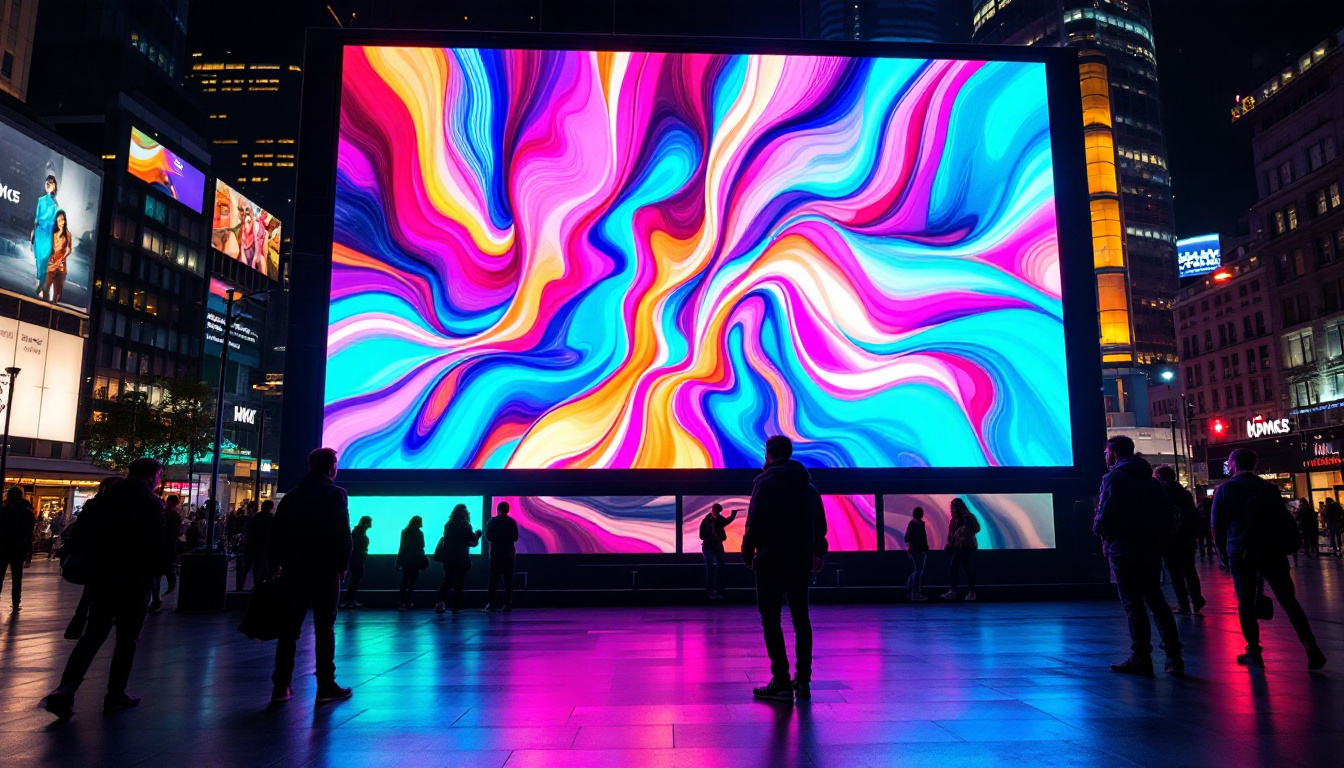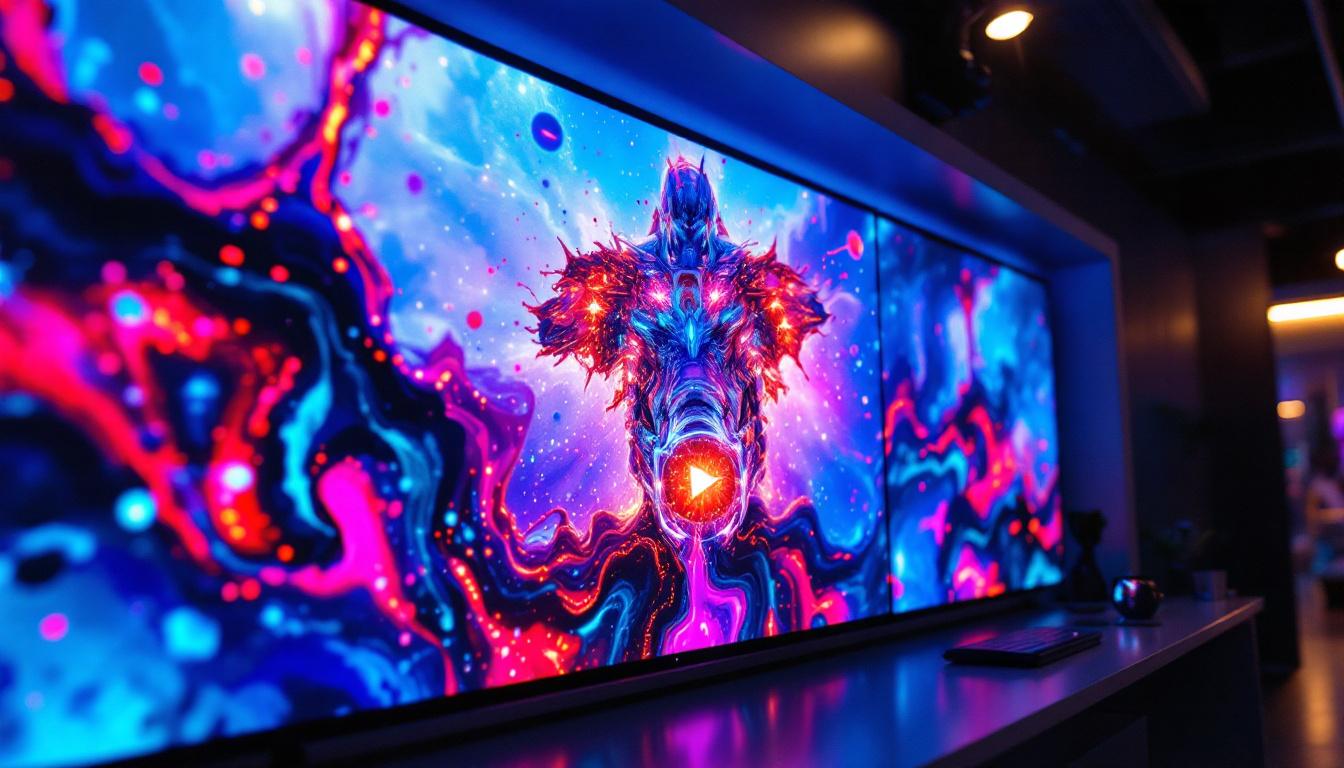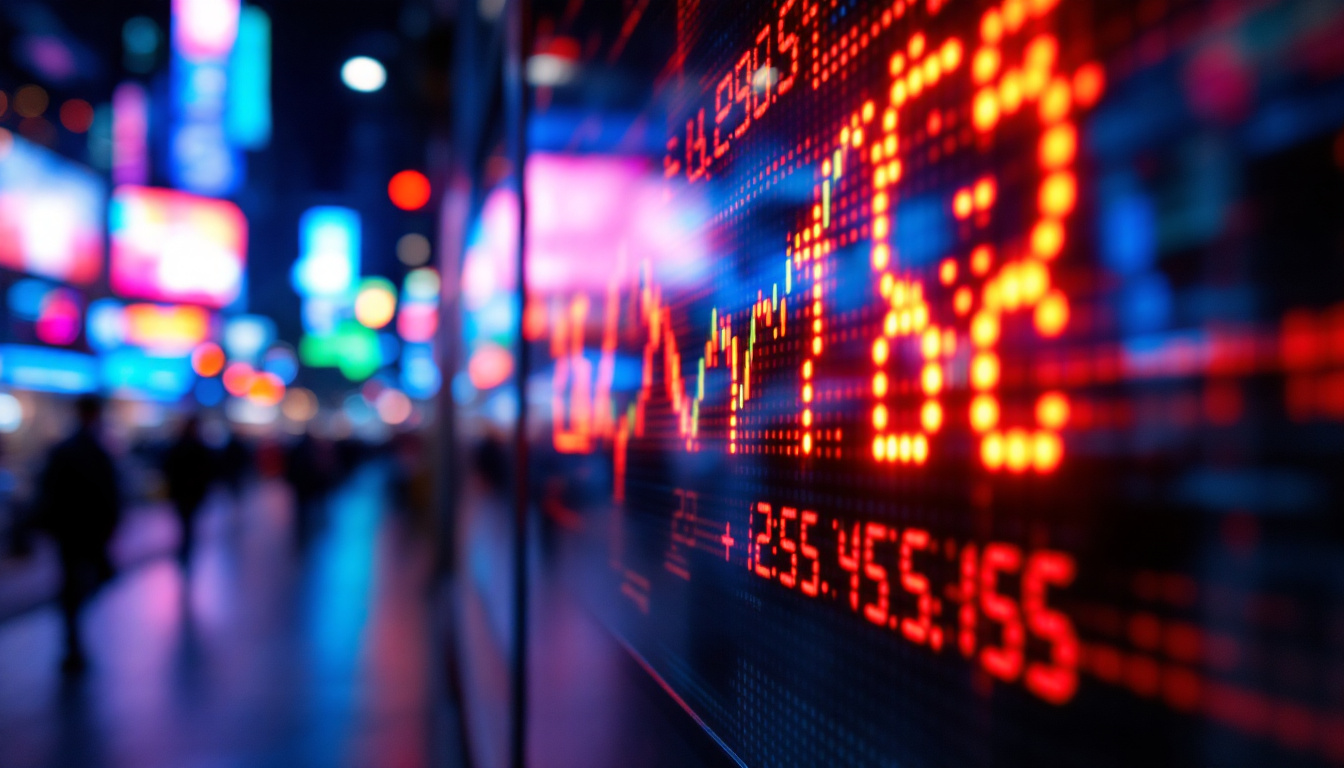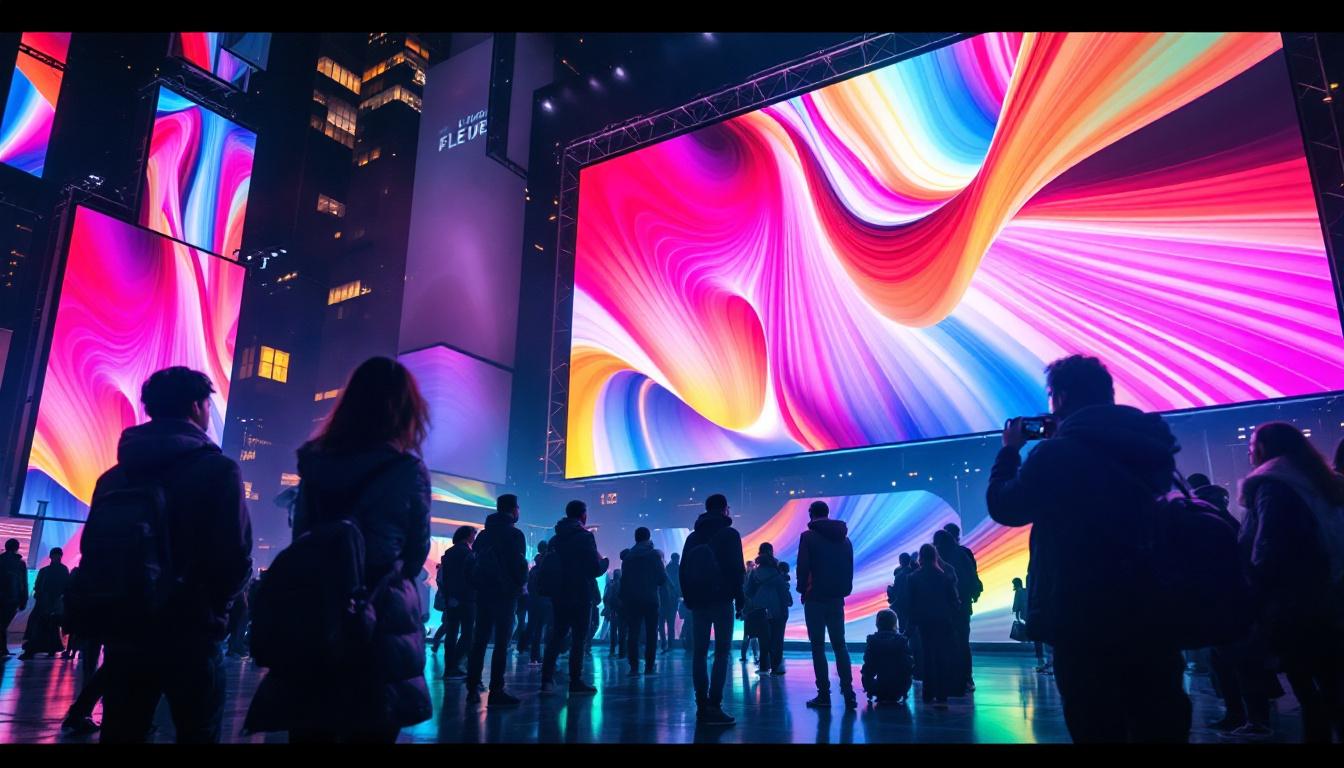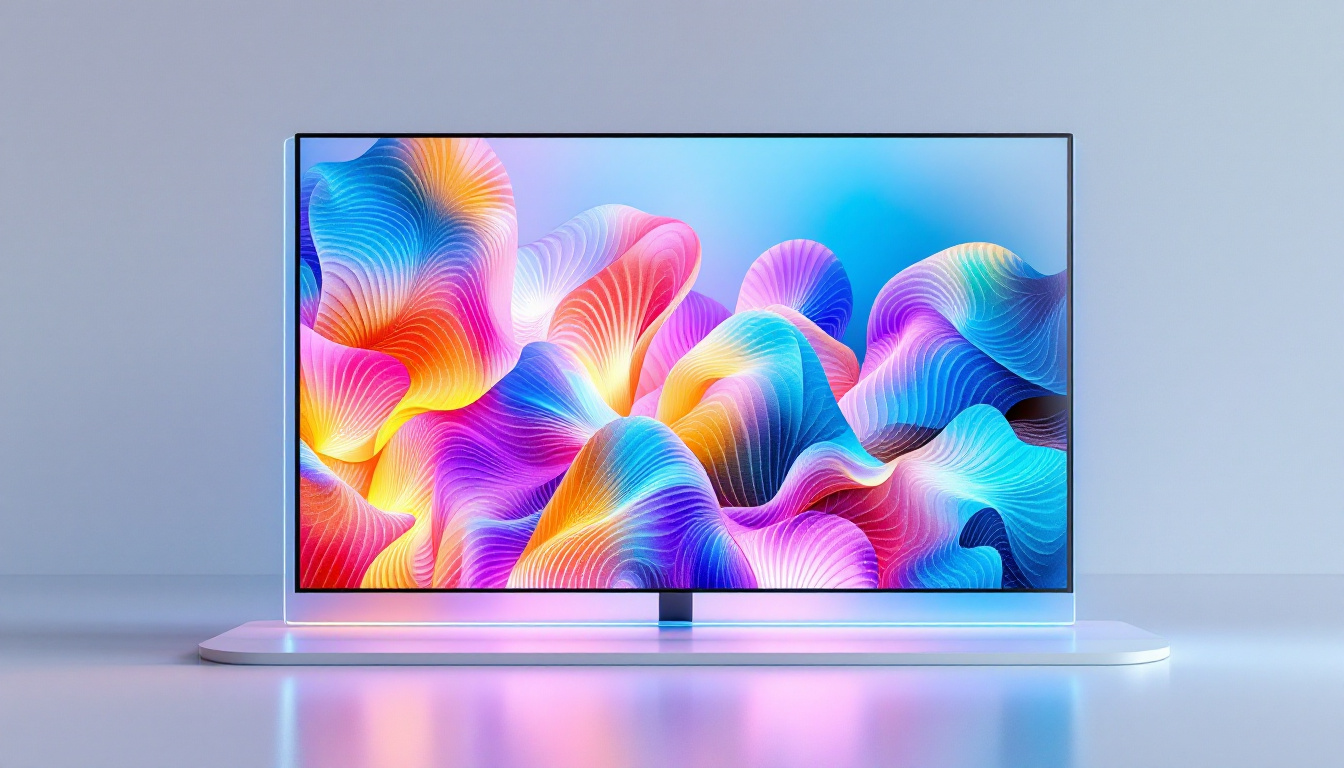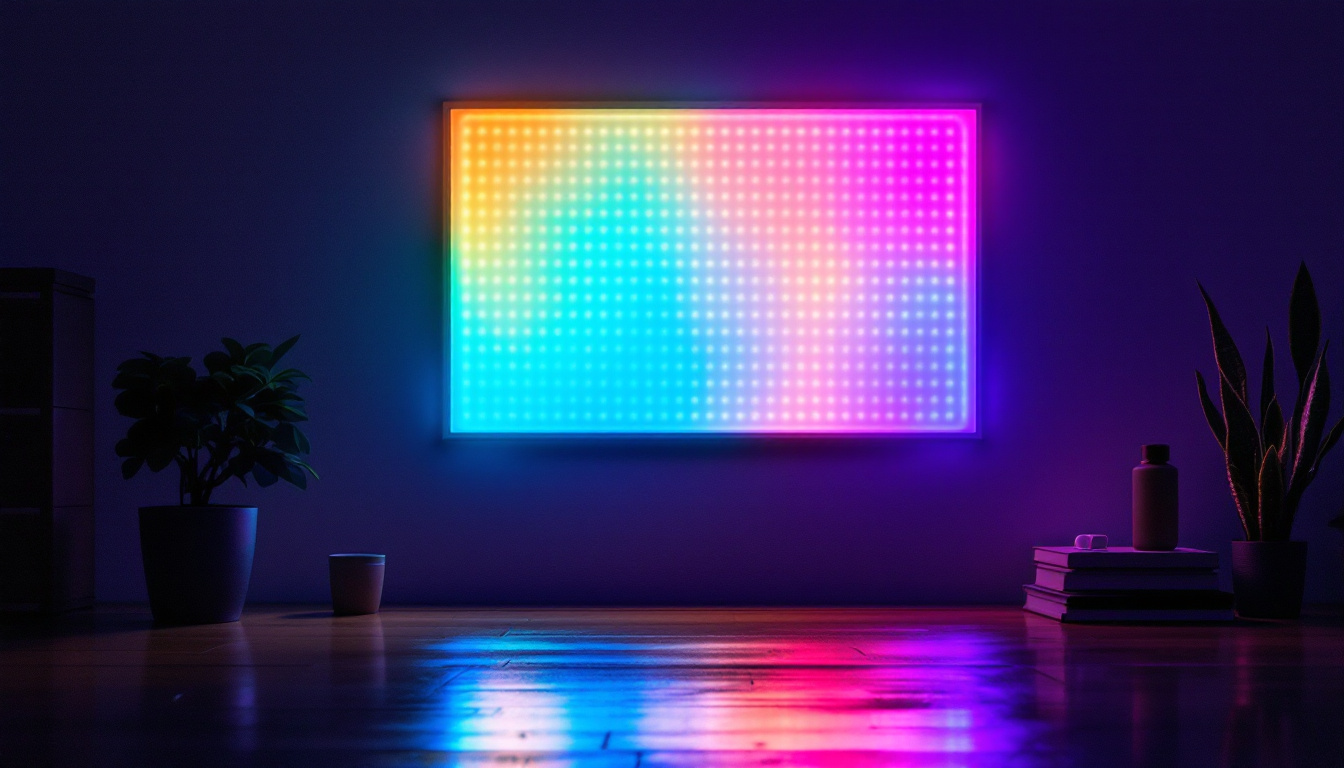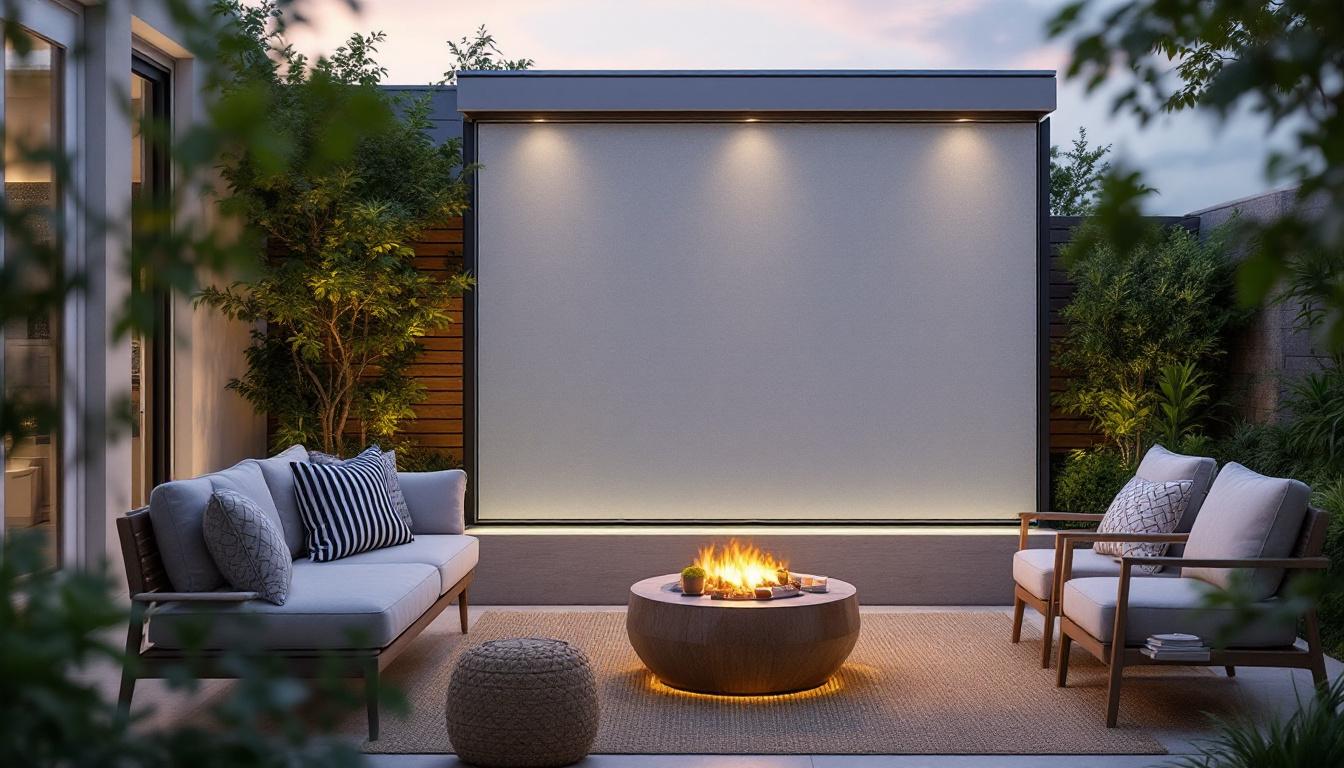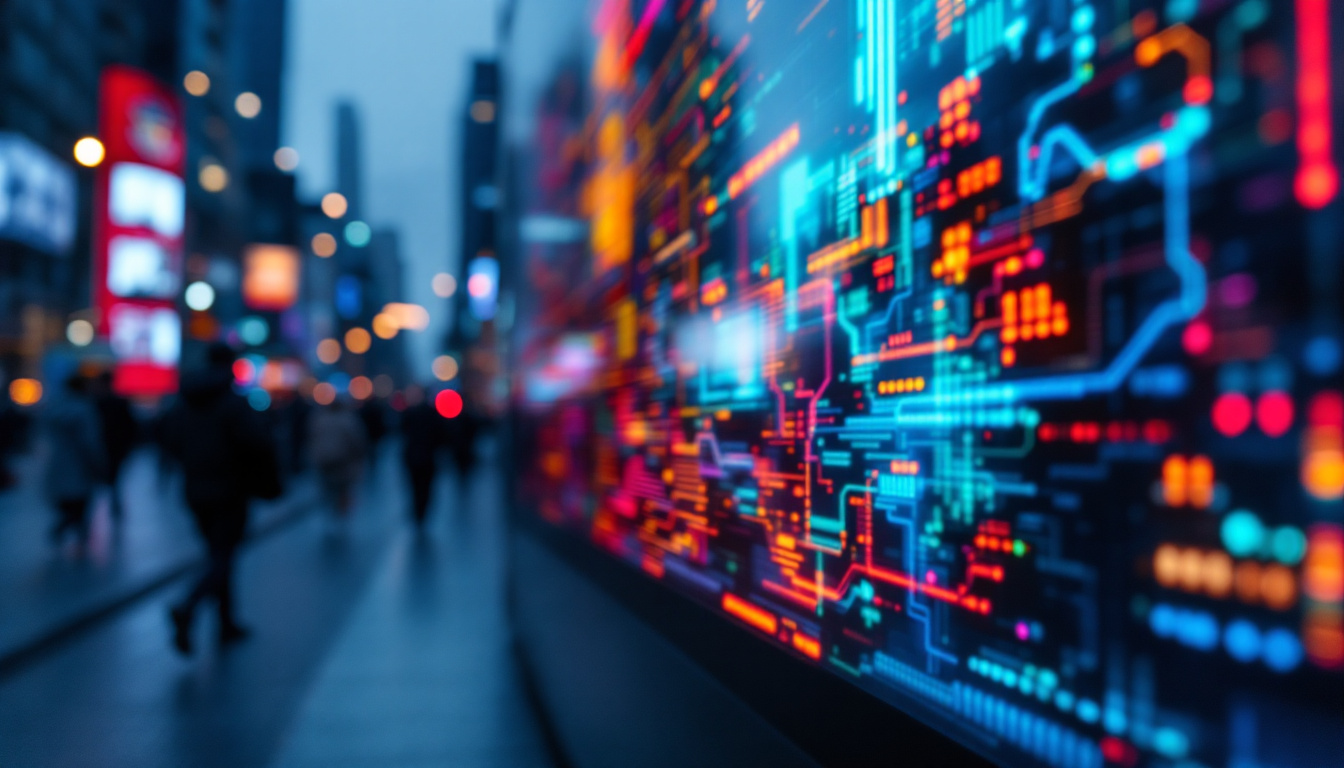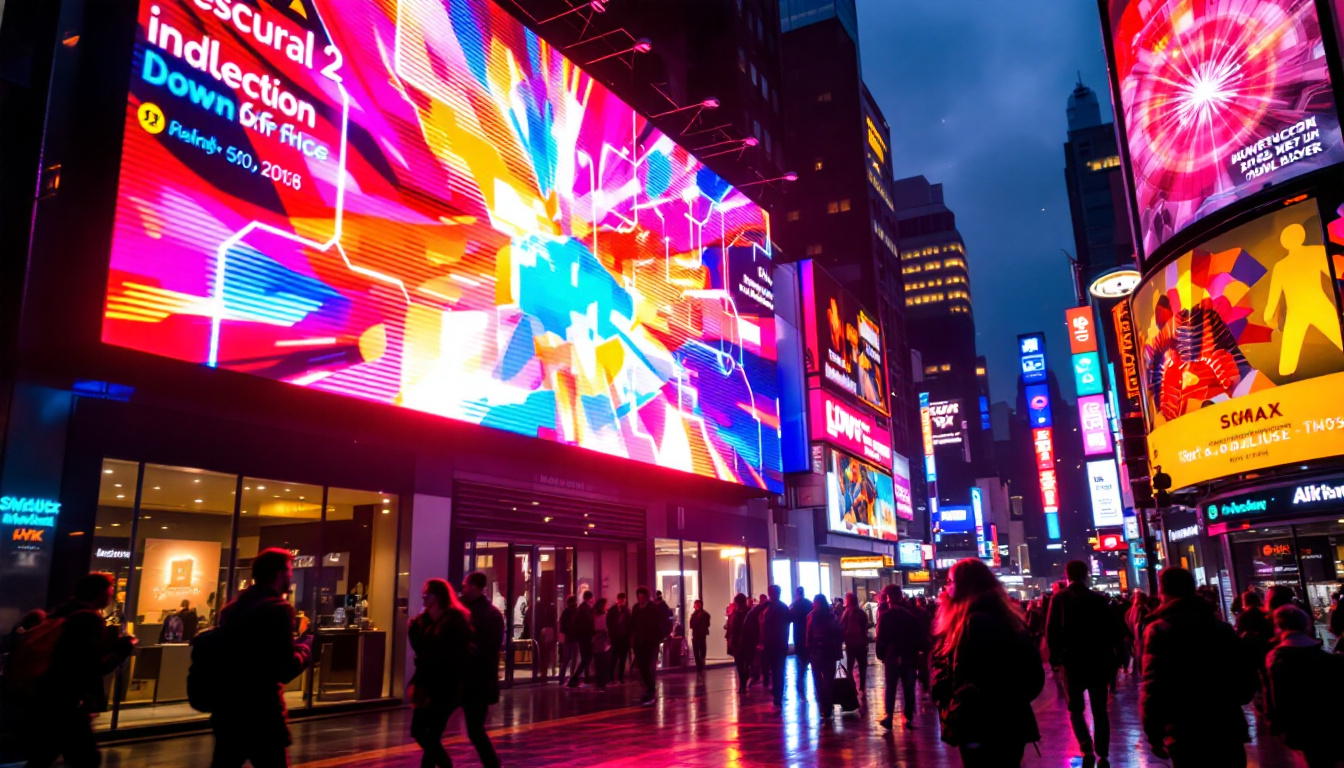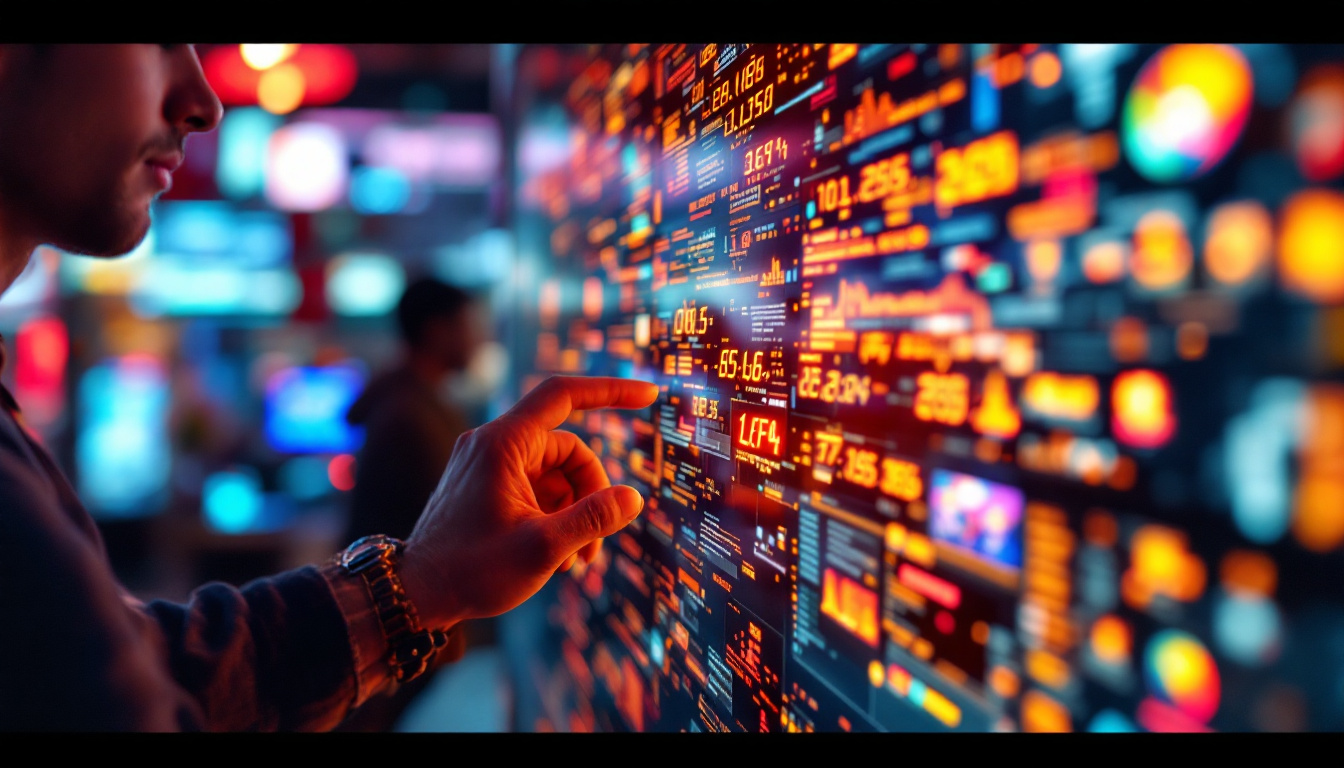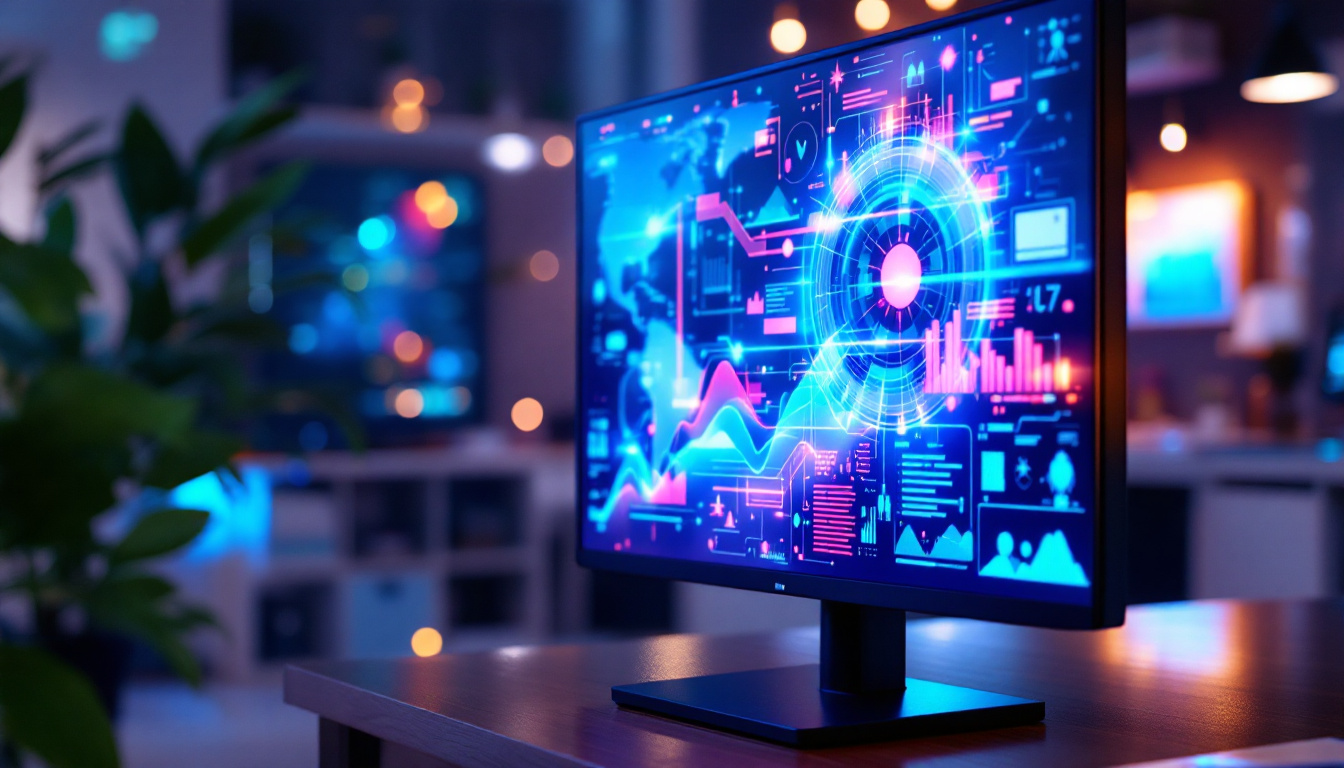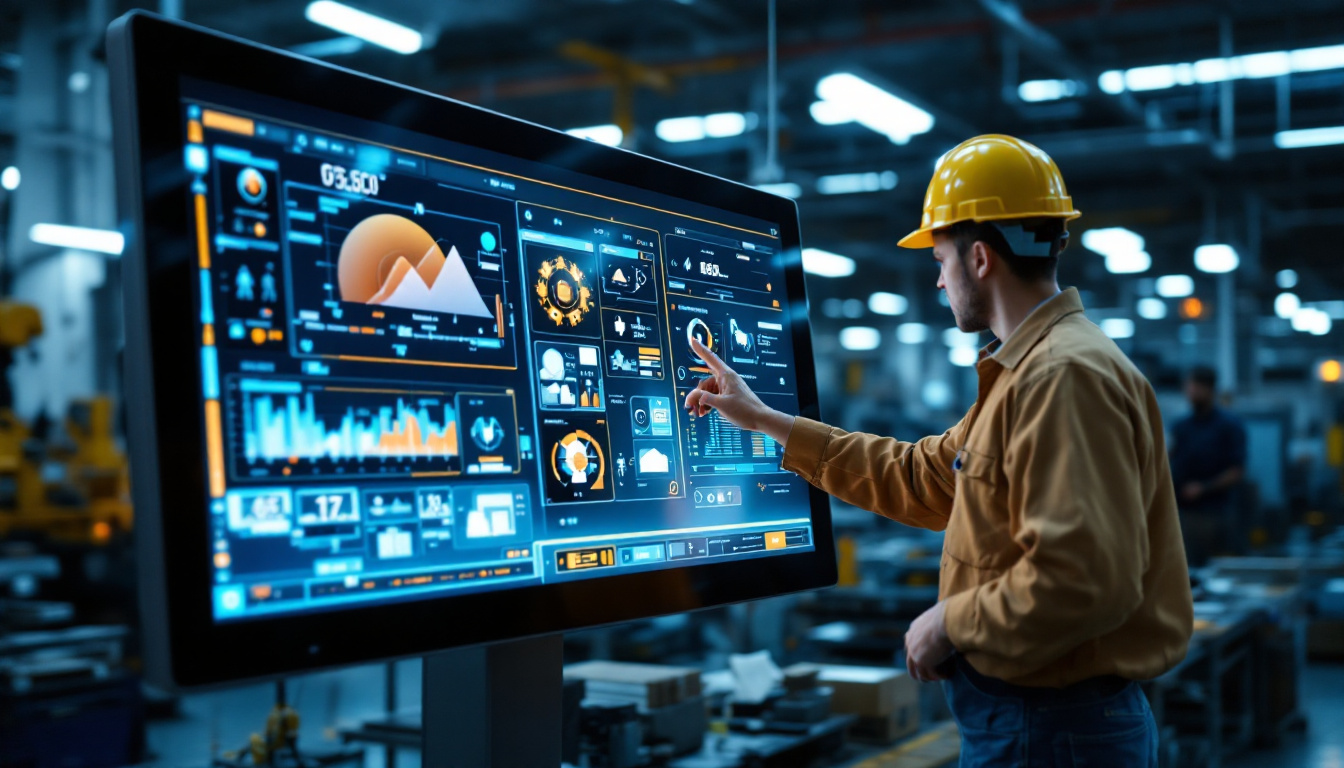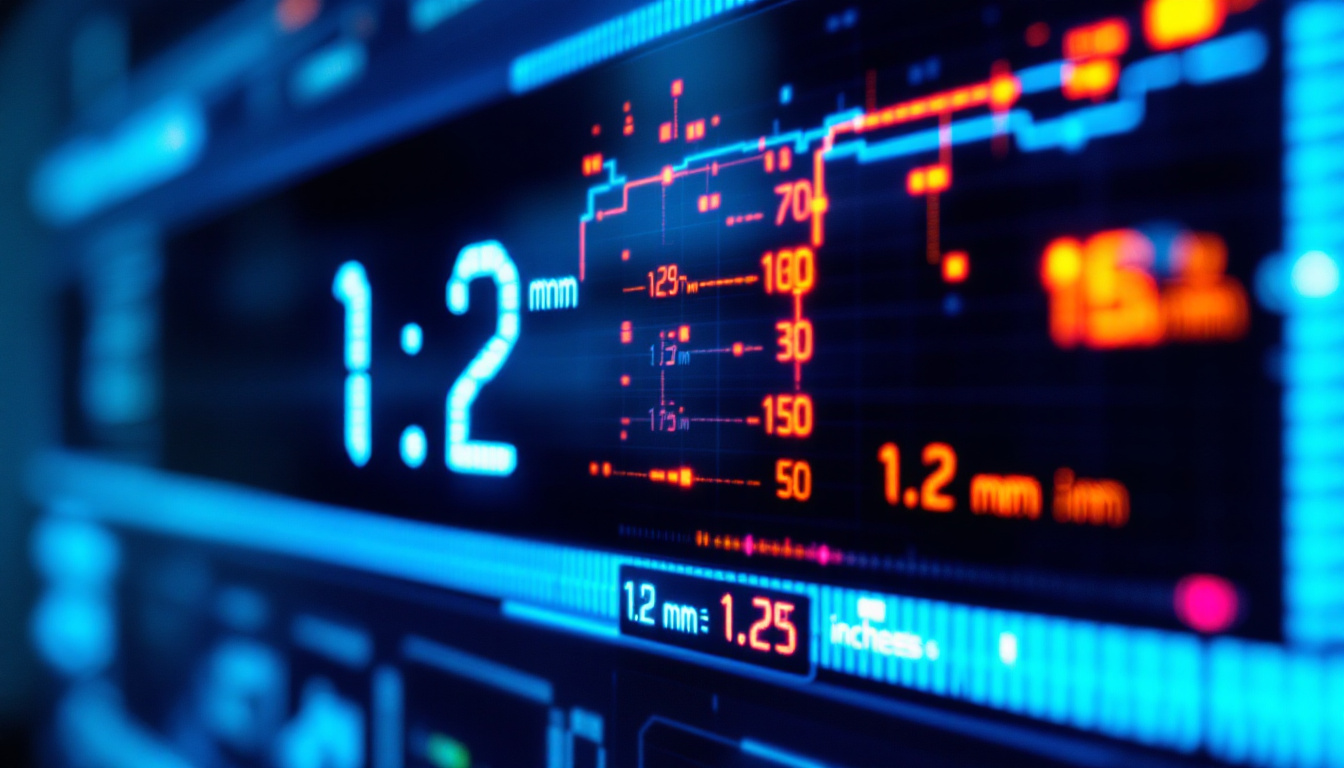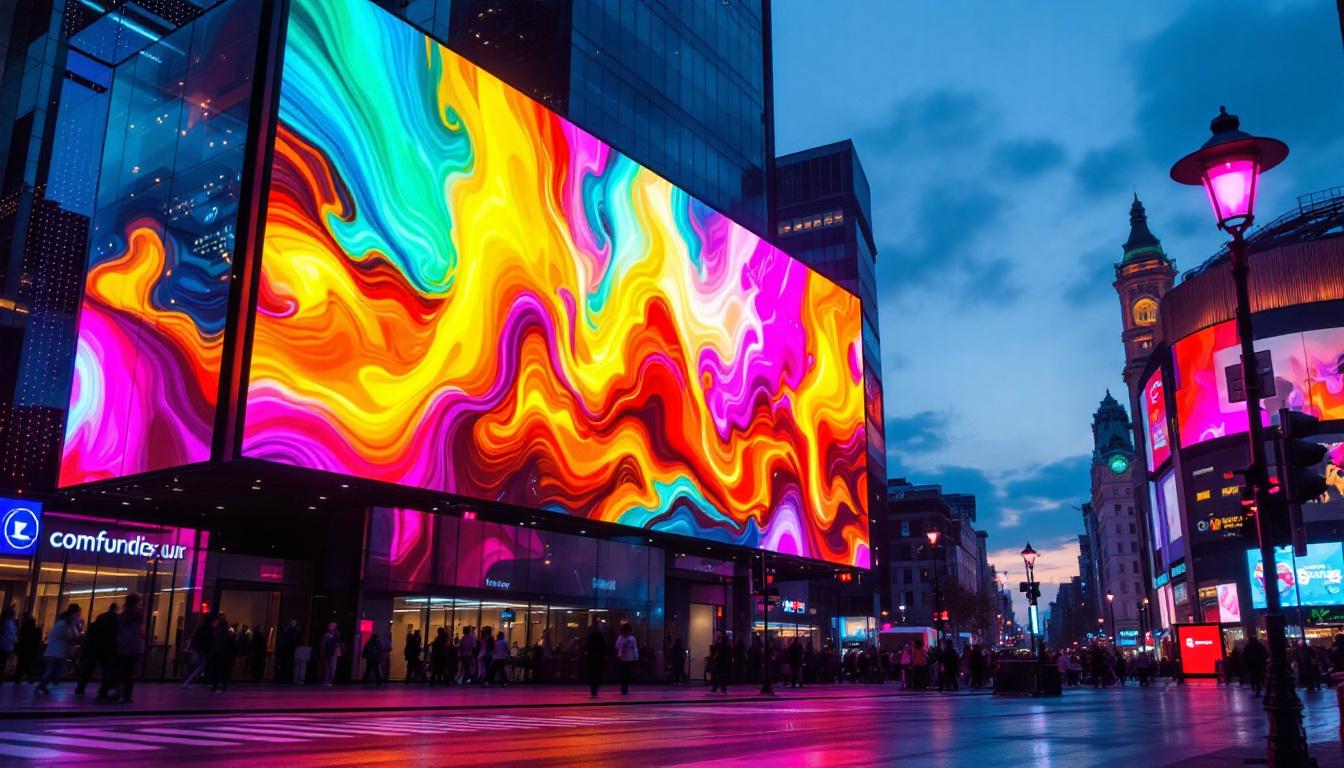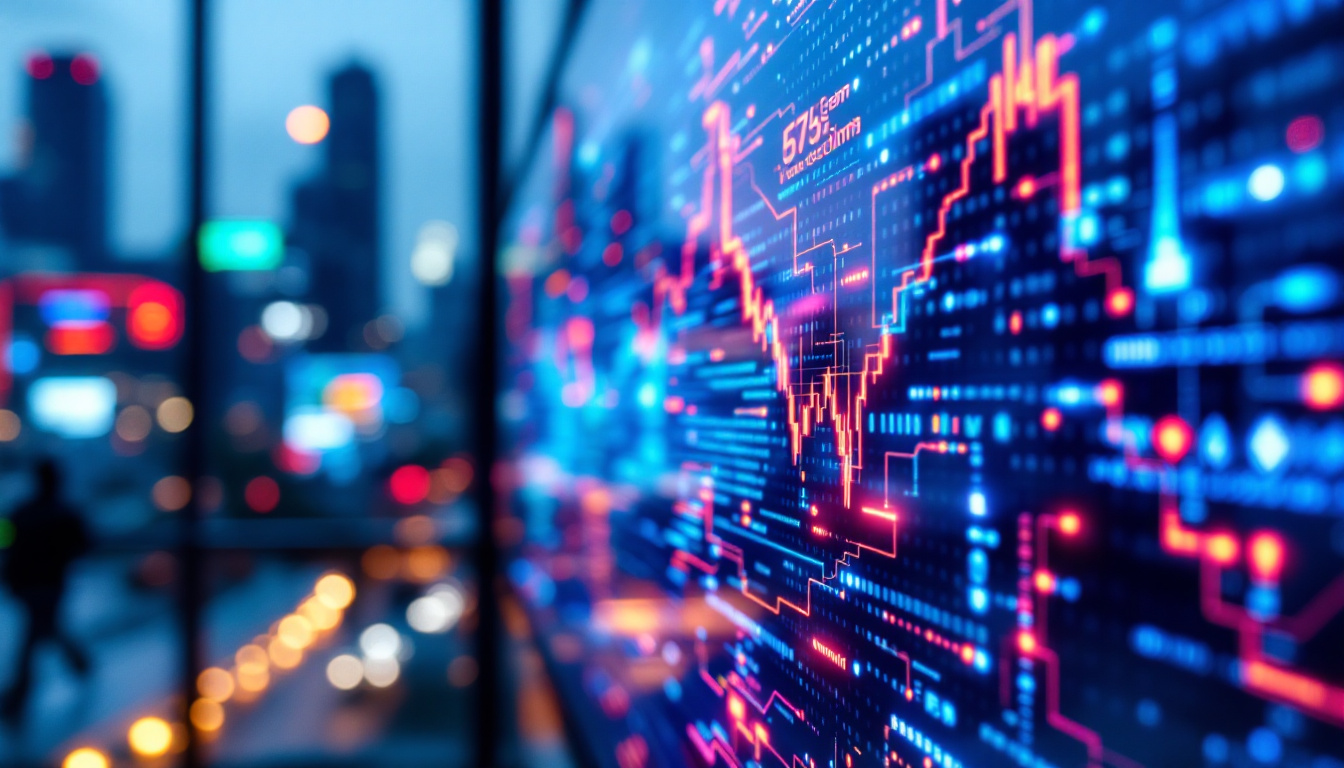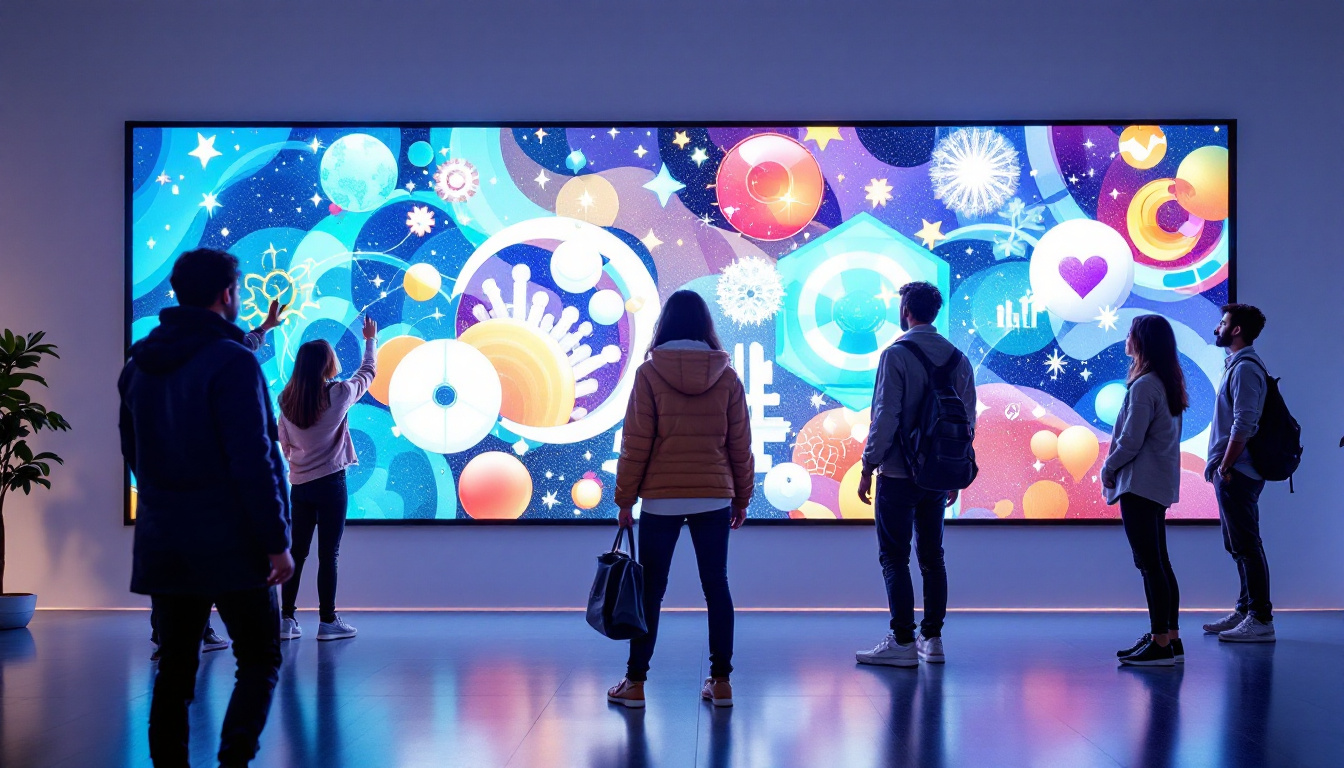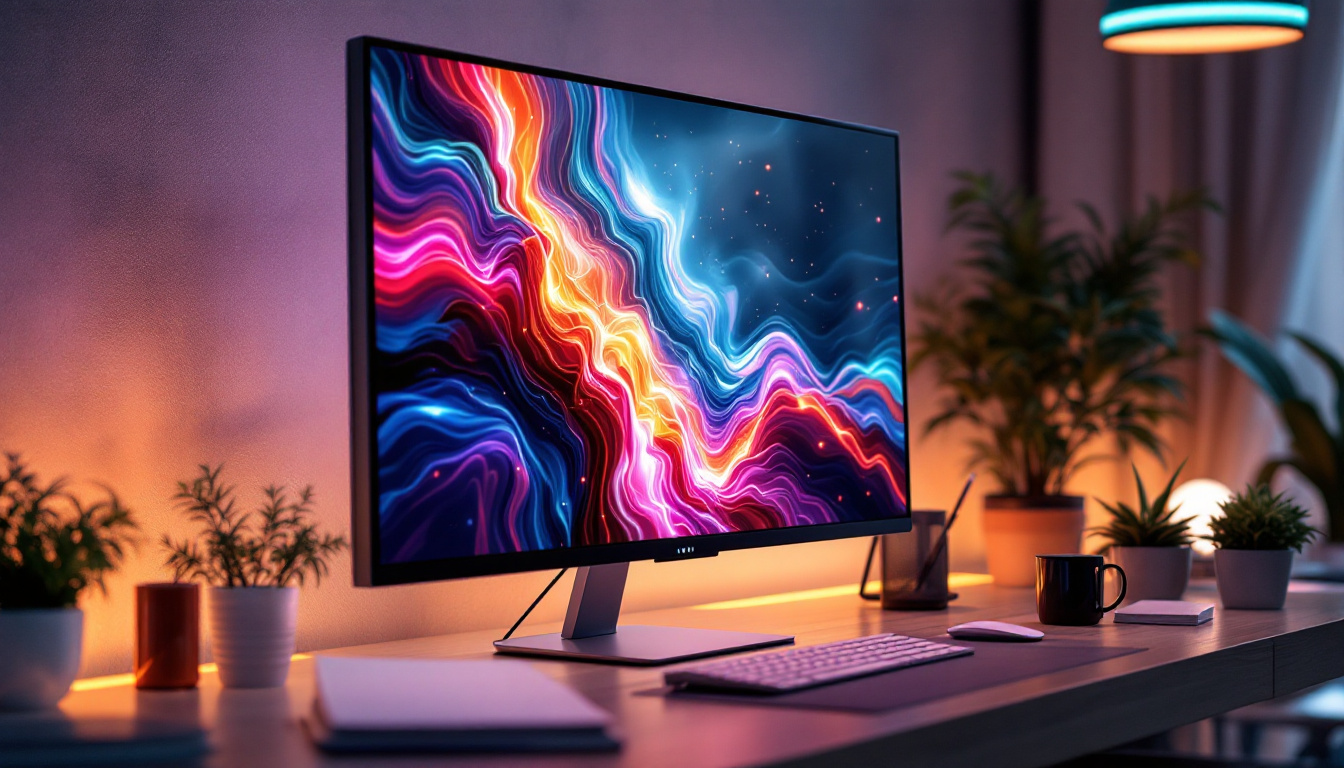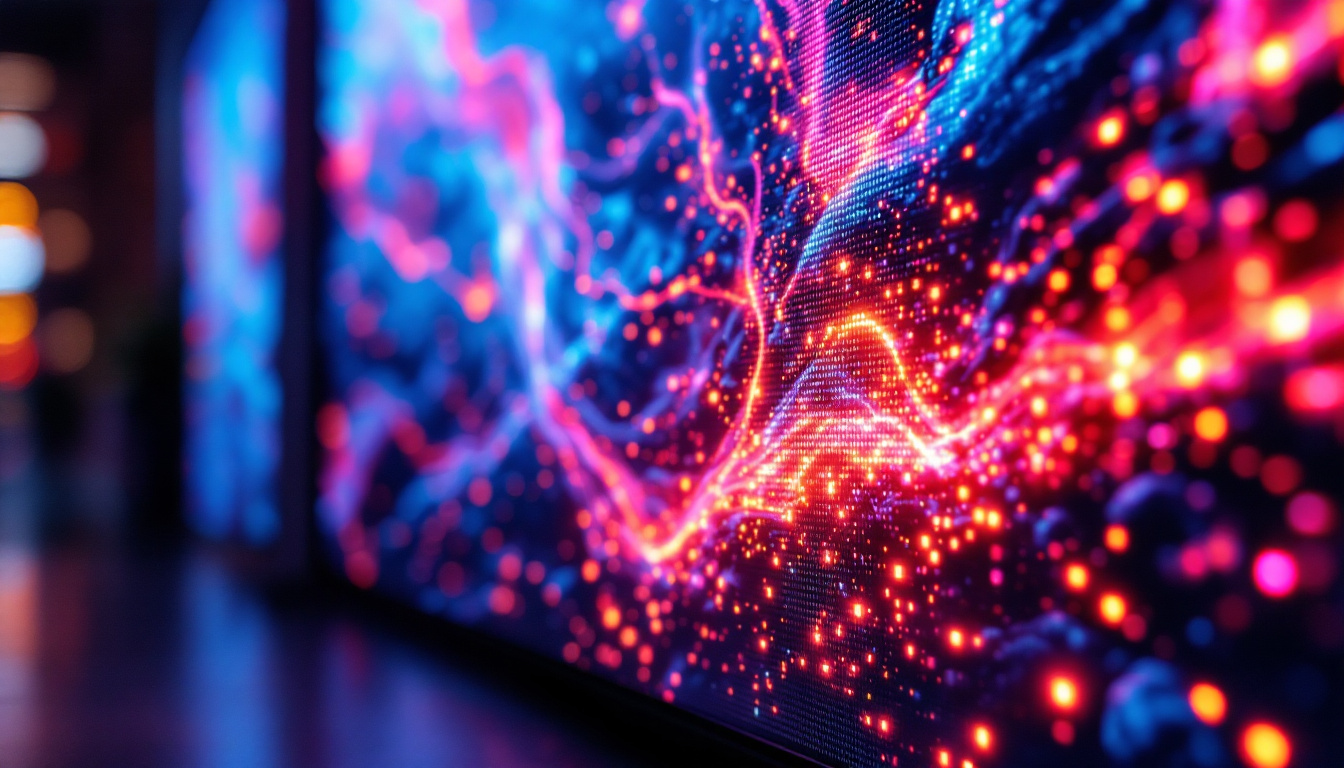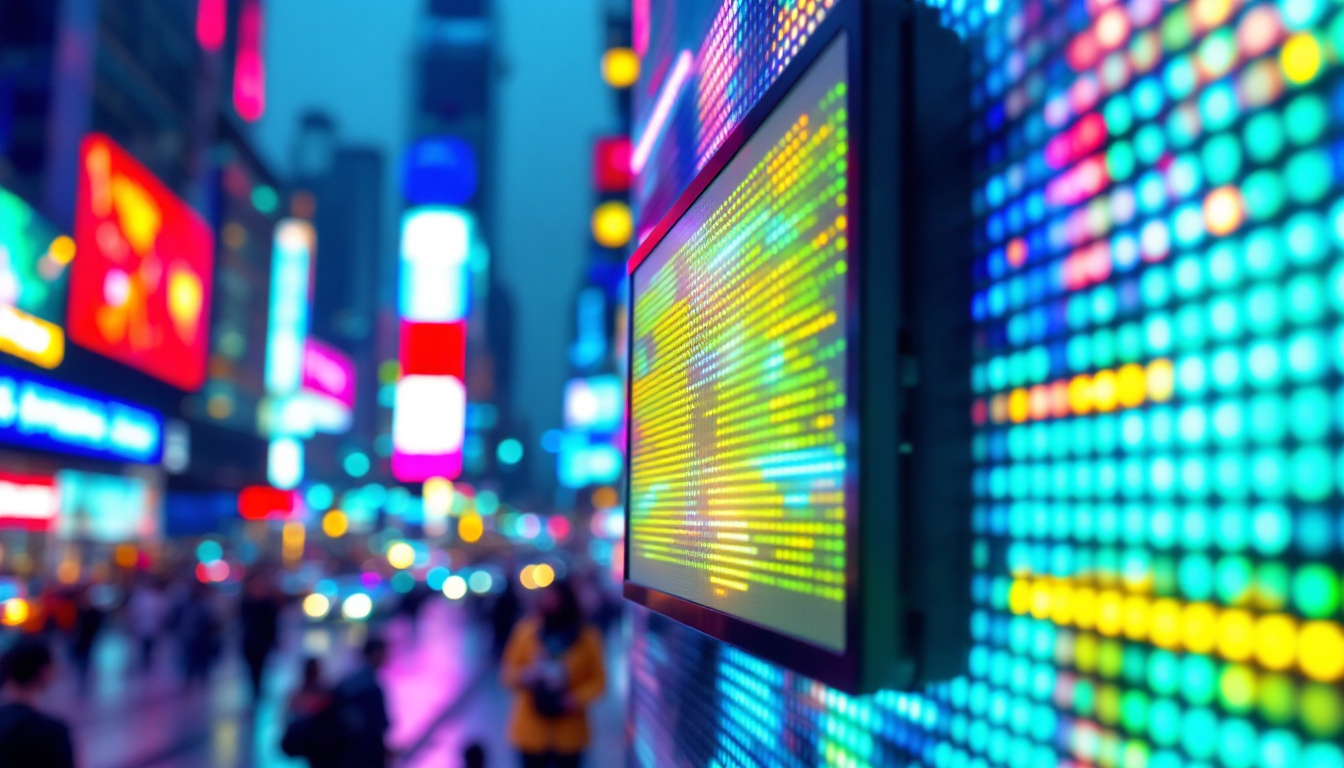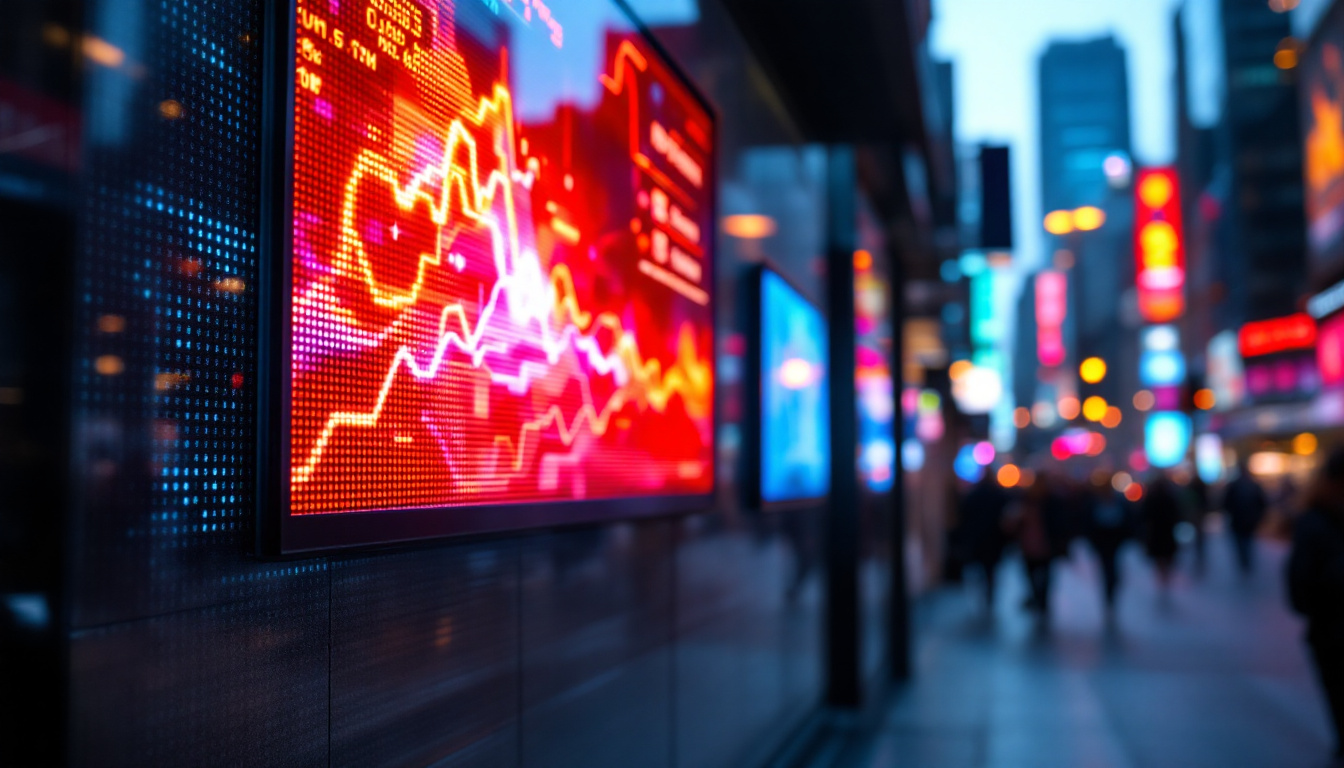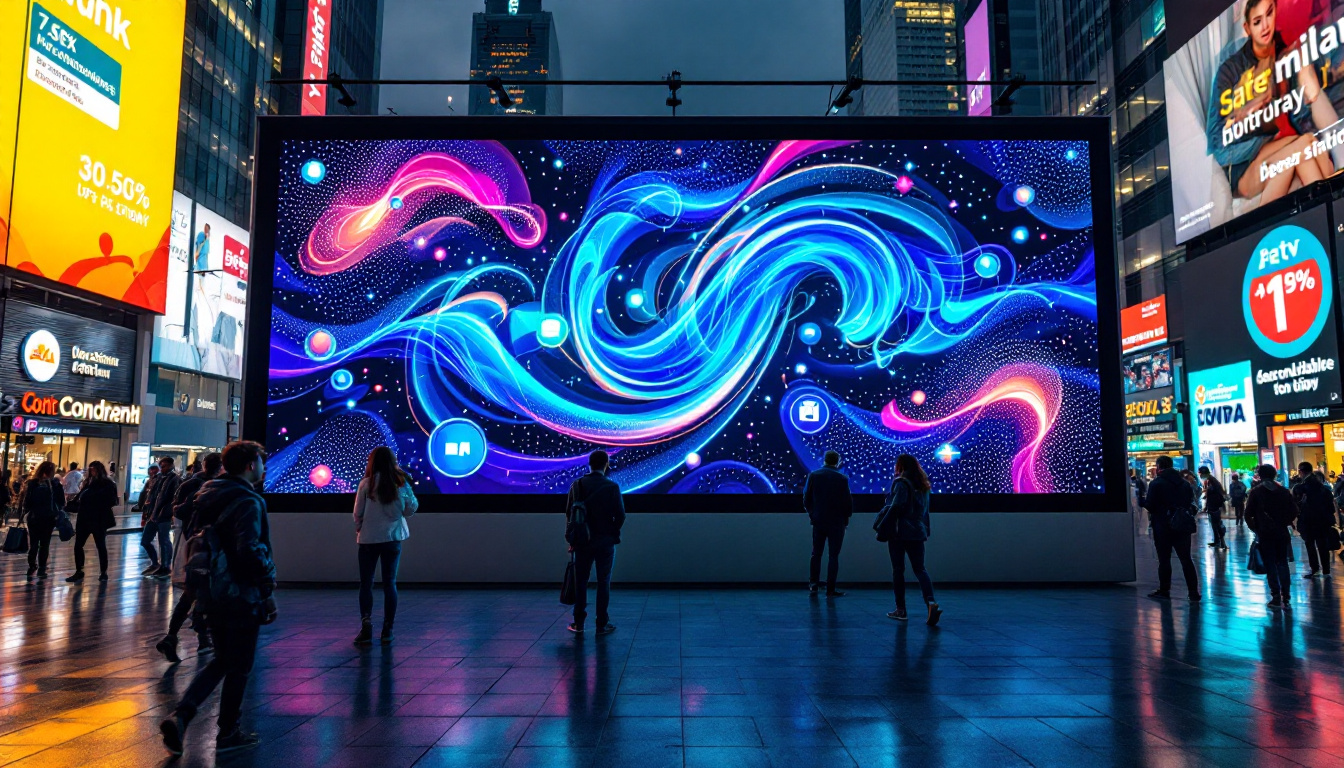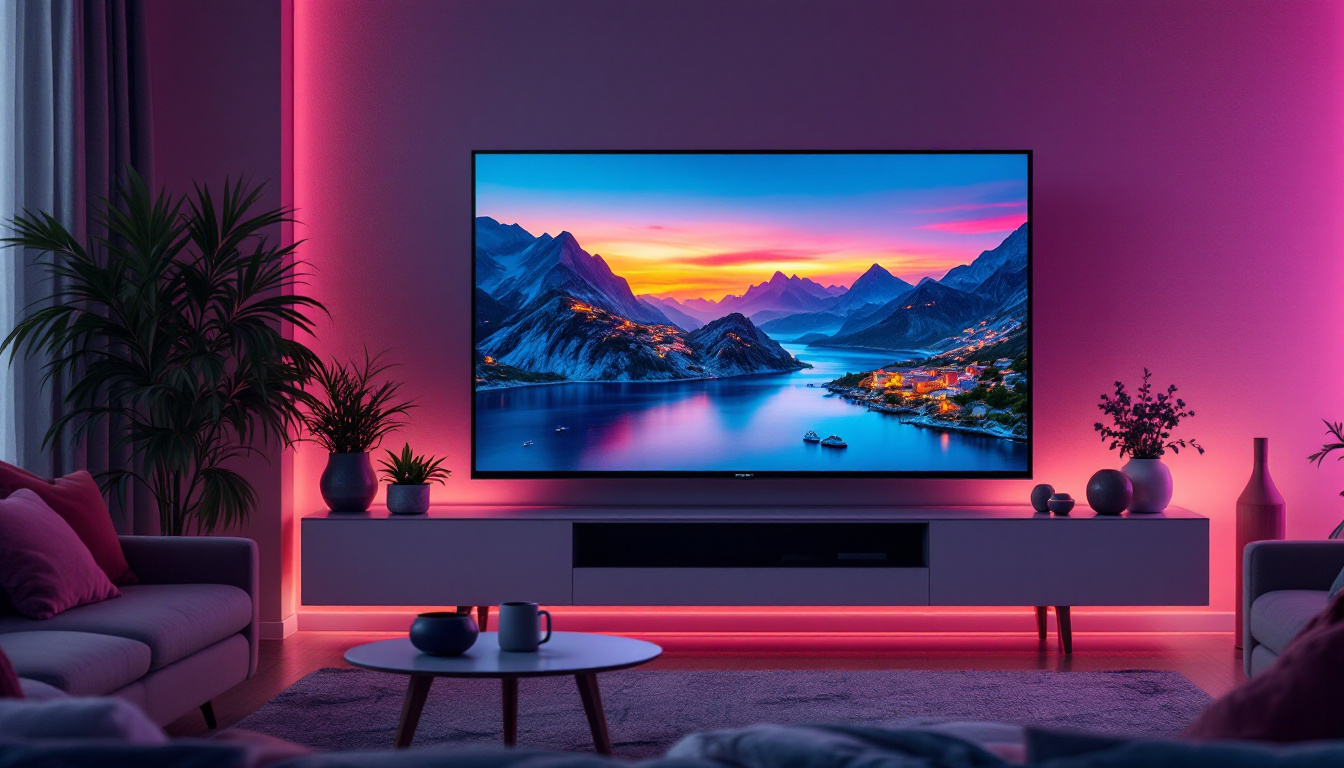In the world of modern technology, LED displays have become a cornerstone of visual communication. From billboards to television screens, the use of Light Emitting Diodes (LEDs) has revolutionized how information is presented and consumed. This article delves into the intricacies of LED displays, exploring their types, applications, advantages, and future trends.
Understanding LED Technology
LED technology is based on the principle of electroluminescence, where a semiconductor emits light when an electric current passes through it. This simple yet effective mechanism has led to the development of various types of LED displays, each tailored for specific applications. The versatility of LED technology has revolutionized not just lighting but also the way we consume visual media, enhancing everything from televisions to smartphone screens.
The Basics of LED Operation
At its core, an LED is a diode that emits light when current flows through it. The color of the light emitted depends on the materials used in the semiconductor. For instance, gallium nitride produces blue light, while gallium phosphide emits green. By combining these colors, a full spectrum of light can be achieved, enabling the creation of vibrant displays. This ability to mix colors also allows for the development of RGB (Red, Green, Blue) systems, which are fundamental in creating rich, dynamic visuals in various electronic devices.
LEDs are known for their energy efficiency, longevity, and durability. Unlike traditional incandescent bulbs, which waste a significant amount of energy as heat, LEDs convert most of their energy into light, making them a sustainable choice for display technology. In fact, the lifespan of an LED can reach up to 50,000 hours or more, significantly outlasting traditional lighting solutions. This longevity not only reduces replacement costs but also minimizes waste, contributing to a more environmentally friendly approach to lighting and display technologies.
Types of LED Displays
There are several types of LED displays, each designed for different environments and purposes. The most common types include:
- Direct View LED Displays: These are made up of individual LED modules that form a larger screen. They are often used in outdoor advertising and large venues. Their high brightness and visibility make them ideal for billboards and stadiums, where they can be seen from great distances.
- LED Backlit LCD Displays: These displays use LEDs as a backlight for LCD panels, providing better contrast and color accuracy. This technology has become the standard in modern televisions and monitors, enhancing the viewing experience with sharper images and deeper blacks.
- Organic LED (OLED) Displays: OLEDs use organic compounds to produce light, allowing for thinner screens and better color reproduction. They are particularly favored in high-end televisions and smartphones due to their ability to achieve true blacks and vibrant colors, creating an immersive viewing experience.
Additionally, there are also specialized LED displays such as MicroLED and MiniLED, which are gaining popularity for their superior performance. MicroLED technology utilizes tiny, self-emitting pixels that can deliver exceptional brightness and contrast, while MiniLED enhances traditional LED backlighting by using smaller LEDs to improve local dimming and overall picture quality. These advancements are pushing the boundaries of display technology, offering consumers even more options for high-quality visual experiences.
Applications of LED Displays
The versatility of LED displays has led to their widespread adoption across various sectors. Their applications range from advertising to entertainment, and even in critical environments like healthcare.
Advertising and Marketing
One of the most visible applications of LED displays is in advertising. digital billboards and signage utilize LED technology to capture attention with dynamic content. The ability to change messages in real time allows businesses to promote sales, events, and brand campaigns effectively. Moreover, the brightness and clarity of LED displays ensure visibility even in direct sunlight, making them ideal for outdoor advertising. This adaptability not only enhances brand visibility but also allows for targeted marketing strategies, as businesses can tailor their messages based on the time of day or specific audience demographics. Additionally, the integration of sensors and data analytics with LED displays enables companies to track viewer engagement, further optimizing their advertising efforts.
Entertainment and Events
In the entertainment industry, LED displays have transformed concerts, sports events, and theatrical performances. Large LED screens provide audiences with enhanced visual experiences, displaying everything from live feeds to stunning graphics. The flexibility of LED technology allows for creative stage designs and immersive environments, elevating the overall experience for attendees. Beyond just visuals, LED displays can also synchronize with audio elements, creating a multi-sensory experience that captivates audiences. Furthermore, advancements in LED technology, such as flexible and transparent displays, are paving the way for innovative applications in event settings, allowing for unique installations that blend seamlessly with their surroundings.
Healthcare and Education
LED displays also play a crucial role in healthcare and education. In hospitals, they are used for patient information systems and digital signage, providing essential information in a clear and accessible manner. These displays can show real-time updates about patient statuses, wait times, and even health tips, contributing to a more informed and efficient healthcare environment. In educational institutions, LED screens facilitate interactive learning environments, displaying educational content and fostering engagement among students. They can be used for everything from displaying lecture materials to showcasing student projects, and even for hosting virtual classrooms that connect learners across different locations. The interactive capabilities of these displays also encourage collaboration and participation, making learning more dynamic and effective.
Advantages of LED Displays
LED displays offer numerous advantages over traditional display technologies, making them a popular choice for various applications. Some of the key benefits include:
Energy Efficiency
One of the most significant advantages of LED displays is their energy efficiency. LEDs consume less power compared to traditional lighting technologies, which translates to lower electricity bills and a reduced carbon footprint. This makes them an environmentally friendly option for businesses and organizations looking to minimize their energy consumption. In fact, studies have shown that switching to LED technology can reduce energy usage by up to 80% in some cases, further enhancing their appeal for budget-conscious companies.
Longevity and Durability
LED displays are known for their long lifespan, often lasting up to 100,000 hours or more. This longevity reduces the need for frequent replacements, resulting in lower maintenance costs over time. Additionally, LEDs are more resistant to shock and vibration, making them suitable for various environments, including outdoor settings. This durability is particularly beneficial for industries such as transportation and advertising, where displays are exposed to harsh weather conditions and require consistent performance without frequent downtime.
High Brightness and Color Quality
LED displays are capable of producing bright, vibrant colors with excellent contrast ratios. This high brightness ensures visibility in various lighting conditions, making them ideal for outdoor applications. Furthermore, advancements in LED technology have led to improved color accuracy, allowing for more realistic and engaging visuals. The ability to adjust brightness levels dynamically means that LED displays can maintain their visual integrity even in direct sunlight, ensuring that messages are seen clearly at all times. This feature is particularly advantageous for digital signage, where capturing the attention of passersby is crucial for effective communication.
Versatility in Design
Another notable advantage of LED displays is their versatility in design and application. They can be manufactured in various shapes and sizes, allowing for creative installations that can fit any space, from large stadium screens to small retail displays. This adaptability enables businesses to tailor their advertising and information dissemination strategies to their specific needs. Moreover, the modular nature of many LED systems allows for easy upgrades and scalability, meaning that as technology evolves or business needs change, the display can be adjusted without complete replacement.
Low Heat Emission
LED displays also generate significantly less heat compared to traditional display technologies. This low heat emission not only contributes to energy savings but also enhances the safety and comfort of the surrounding environment. In applications where multiple displays are used in close proximity, such as in concert venues or sports arenas, the reduced heat output can prevent overheating issues and prolong the life of the equipment. Additionally, this characteristic can lead to lower air conditioning costs in commercial spaces, further enhancing the overall efficiency of LED technology.
Challenges and Considerations
While LED displays offer numerous advantages, there are also challenges and considerations that need to be addressed. Understanding these factors can help businesses make informed decisions when investing in LED technology.
Initial Costs
The initial investment for LED displays can be higher compared to traditional display technologies. While the long-term savings on energy and maintenance costs can offset this expense, businesses must consider their budget and return on investment when making a purchase.
Viewing Angles and Distance
Another consideration is the viewing angle and distance. Depending on the type of LED display, the viewing experience can vary significantly. For instance, direct view LED displays may have limited viewing angles, which can affect visibility from certain positions. It is essential to assess the intended use and audience when selecting an LED display.
The Future of LED Displays
The future of LED displays looks promising, with ongoing advancements in technology and design. As the demand for high-quality visual experiences continues to grow, several trends are emerging in the LED display market.
MicroLED Technology
MicroLED technology is one of the most exciting developments in the LED display industry. This innovation involves the use of tiny individual LEDs to create displays with exceptional resolution and color accuracy. MicroLED displays are thinner, lighter, and more energy-efficient than traditional LED displays, making them a game-changer for various applications, including consumer electronics.
Flexible and Transparent Displays
Another trend is the development of flexible and transparent LED displays. These innovative designs allow for creative applications, such as curved screens and see-through displays. Flexible LED technology opens up new possibilities for advertising, architecture, and interior design, enabling unique visual experiences that were previously unattainable.
Integration with Smart Technology
As smart technology continues to advance, the integration of LED displays with IoT (Internet of Things) devices is becoming increasingly common. This integration allows for real-time data display, remote management, and enhanced interactivity. Businesses can leverage this technology to create dynamic and personalized experiences for their customers.
Conclusion
LED displays have undoubtedly transformed the way information is communicated and consumed across various sectors. Their energy efficiency, longevity, and vibrant visuals make them a preferred choice for advertising, entertainment, healthcare, and education. While challenges exist, ongoing advancements in technology promise to address these issues and further enhance the capabilities of LED displays.
As the demand for high-quality visual experiences continues to grow, the future of LED displays looks bright. With innovations like MicroLED technology, flexible designs, and smart integrations on the horizon, the possibilities for LED displays are limitless. Embracing this technology not only enhances communication but also paves the way for a more visually engaging world.
Explore the Future of LED Displays with LumenMatrix
Ready to elevate your visual communication with the latest in LED display technology? Discover LumenMatrix’s comprehensive range of innovative solutions, including Indoor and Outdoor LED Wall Displays, Vehicle LED Displays, LED Poster Displays, LED Sports Displays, Floor LED Displays, Custom LED Displays, All-in-One LED Displays, and LED Transparent Displays. Embrace the future and transform your space with captivating visuals that engage and inspire. Check out LumenMatrix LED Display Solutions today and see your brand in a new light.

